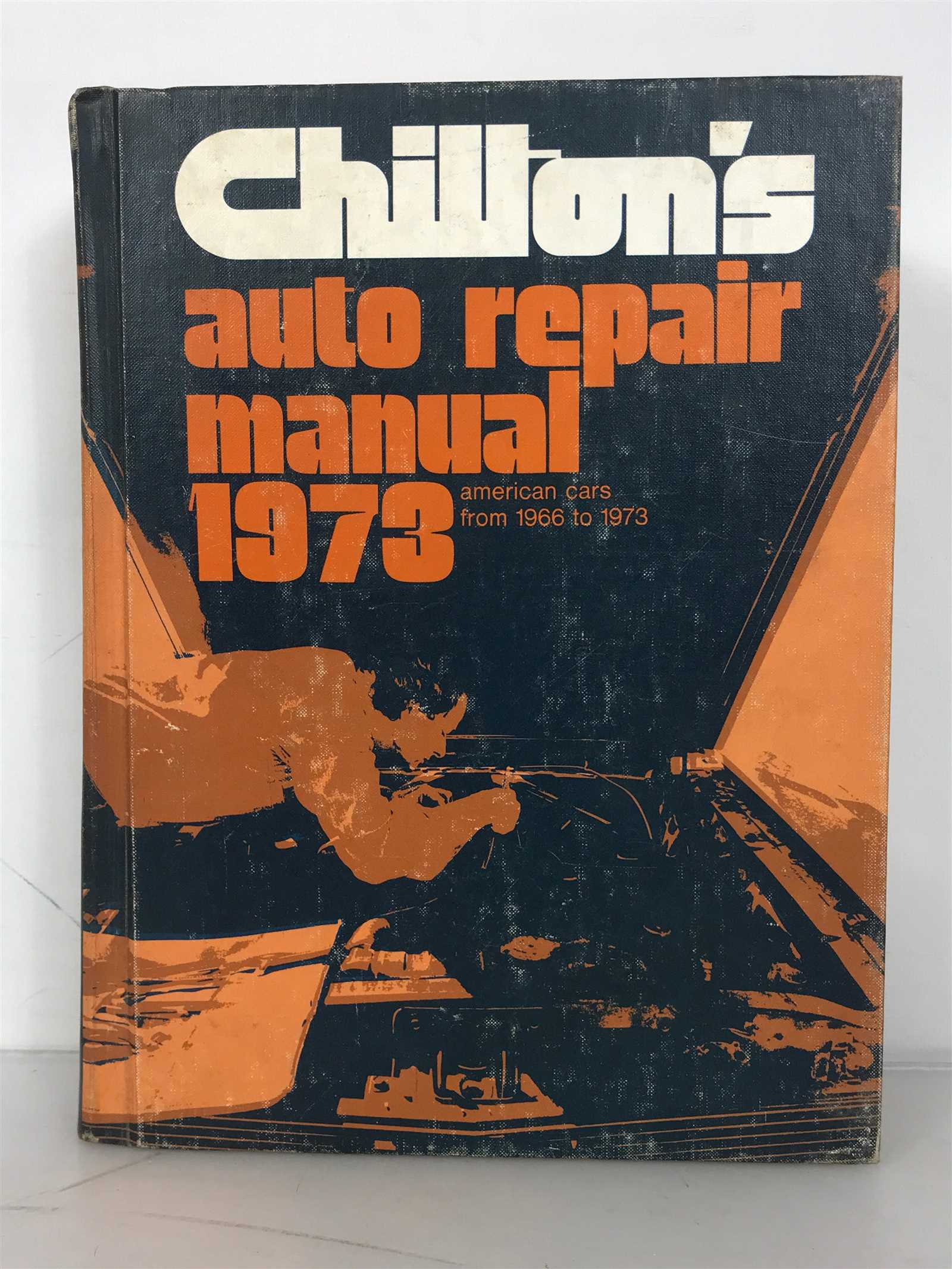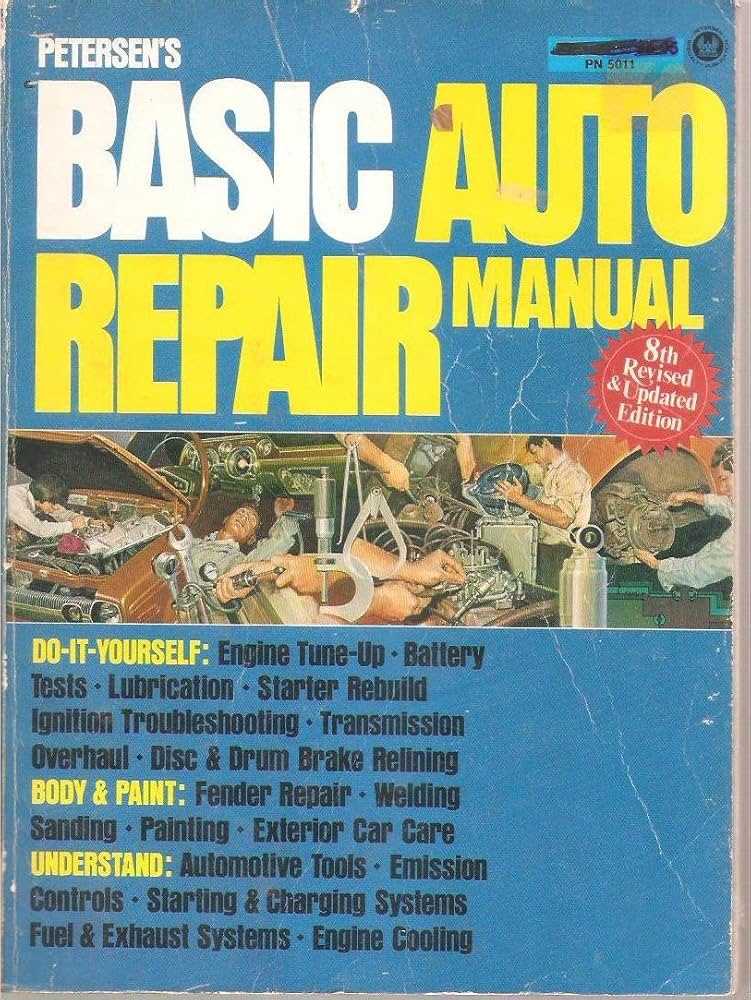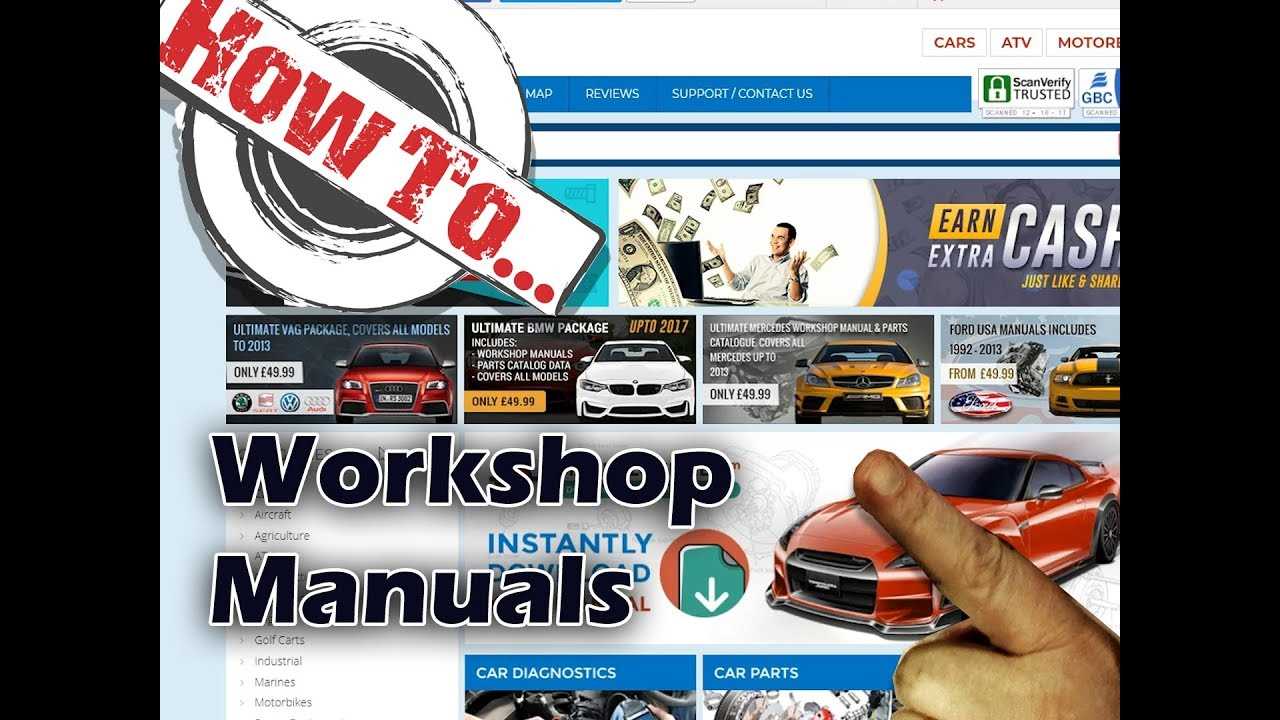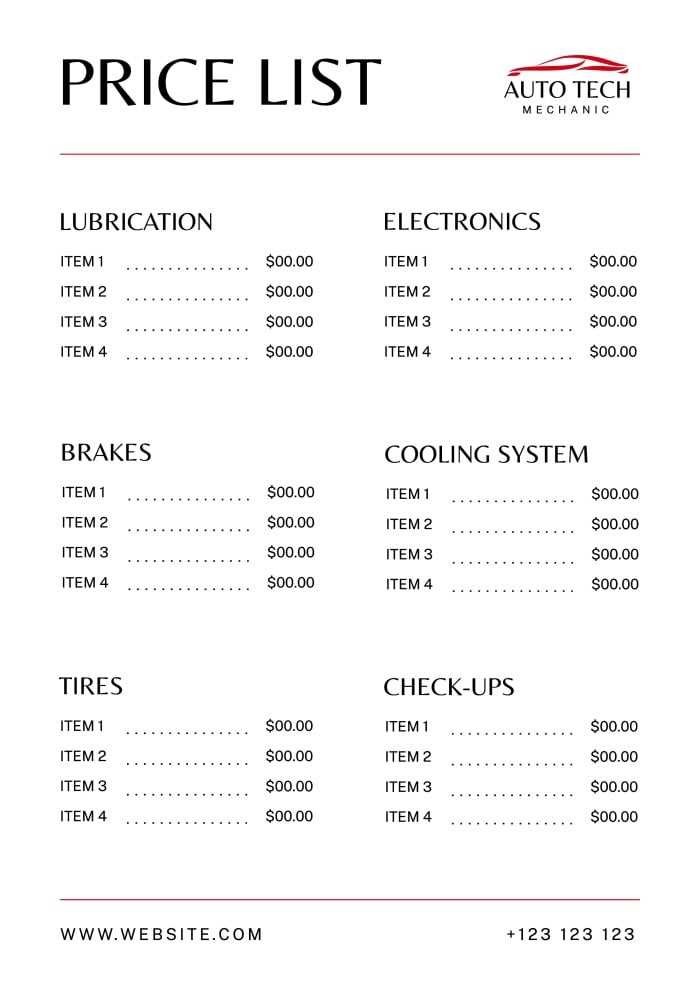Guide to Automotive Repair Pricing

Understanding the financial aspects of maintaining a vehicle is essential for every owner. Knowing the potential expenses associated with various services can help in planning budgets effectively. This section aims to shed light on common cost factors and provide insights into typical charges one might encounter.
Each service can vary significantly in price due to factors such as the make and model of the vehicle, the complexity of the task, and regional market trends. By familiarizing yourself with these elements, you can make informed decisions that align with your financial situation.
Additionally, it’s crucial to consider that unexpected situations may arise, leading to additional costs. Having a grasp of general estimates will empower you to navigate these challenges with confidence, ensuring that your vehicle remains in optimal condition without breaking the bank.
Understanding Vehicle Service Expenses
The costs associated with vehicle maintenance and servicing can vary significantly based on numerous factors. This section aims to provide insight into the various elements that influence these expenditures, helping car owners make informed decisions.
Several key aspects play a role in determining the overall costs involved in vehicle servicing:
- Type of Service: Different types of maintenance, such as oil changes, tire rotations, or major repairs, come with varying price tags.
- Vehicle Make and Model: The brand and specific model can influence service costs due to parts availability and complexity of repairs.
- Location: Geographic location affects labor rates and the overall market demand for services.
- Service Provider: Independent garages and authorized dealerships may have differing pricing structures.
Understanding these factors enables vehicle owners to anticipate and budget for future maintenance needs effectively. It also encourages them to seek estimates and compare options before committing to any service.
Factors Influencing Repair Prices

Numerous elements contribute to the cost of vehicle maintenance services. Understanding these factors can help consumers make informed decisions and manage their budgets effectively.
1. Type of Service Required
The nature of the service plays a significant role in determining costs. Common types include:
- Routine maintenance
- Complex diagnostics
- Parts replacement
- Custom modifications
2. Labor and Expertise
The experience and skill level of the technicians can also impact pricing. Factors include:
- Specialized training
- Years of experience
- Reputation of the service center
Common Services and Their Rates
This section provides an overview of frequently offered services along with their associated costs. Understanding these options can help individuals make informed decisions regarding maintenance and support for their vehicles.
Routine Maintenance Tasks
Oil Change: Regular oil changes are essential for optimal engine performance. Typically, the cost ranges from $30 to $70, depending on the type of oil used.
Diagnostic Services
Engine Diagnostics: If a vehicle exhibits unusual behavior, diagnostic tests are crucial. The average fee for this service is around $100 to $150, which may vary based on the complexity of the issue.
How to Estimate Repair Expenses

Understanding the costs associated with vehicle maintenance is crucial for effective budgeting and financial planning. Accurately forecasting these expenses can help owners make informed decisions about their vehicles.
Here are several steps to consider when estimating costs:
- Research Common Issues: Familiarize yourself with typical problems that occur in your vehicle model.
- Gather Quotes: Contact various service providers to obtain estimates for specific services.
- Account for Parts: Identify the necessary components and their prices to get a complete picture of potential expenses.
- Include Labor Costs: Factor in the hourly rates charged by technicians, which can vary significantly.
By following these steps, you can create a comprehensive budget that prepares you for future expenditures related to vehicle upkeep.
Comparing Prices Across Shops
Understanding the cost variations among different service providers is essential for making informed choices. By analyzing price differences, consumers can ensure they receive fair value for their investment in vehicle maintenance and service.
Factors Influencing Costs
- Location of the service center
- Reputation and experience of the technicians
- Type of services offered
- Use of original versus aftermarket parts
- Duration and complexity of the service
How to Compare Effectively
- Gather quotes from multiple service providers.
- Evaluate what is included in the service package.
- Check for any additional fees or hidden costs.
- Read customer reviews to assess service quality.
- Consider the warranty or guarantee on services provided.
The Importance of Transparency
Clarity in service costs is crucial for building trust between service providers and clients. When individuals understand the financial aspects of services, they are more likely to feel confident in their decisions. This transparency not only enhances customer satisfaction but also fosters long-term relationships.
Providing detailed breakdowns of costs helps clients comprehend what they are paying for, reducing any potential confusion or dissatisfaction. Clear communication about charges empowers customers and allows them to make informed choices.
| Benefits of Transparency | Description |
|---|---|
| Builds Trust | Clients are more likely to return when they feel valued and informed. |
| Increases Satisfaction | Understanding costs leads to a positive experience and loyalty. |
| Encourages Informed Decisions | Clients can weigh options and make choices based on clear information. |
Labor Costs in Auto Repairs
The expenses associated with skilled work in vehicle maintenance can significantly impact overall service charges. Understanding these costs is essential for consumers, as they form a considerable part of the total expenditure on vehicle upkeep. Various factors influence these rates, from technician expertise to the complexity of the tasks involved.
Factors Influencing Labor Charges
Several elements contribute to the variation in labor fees. The level of experience of the personnel, the type of service required, and even geographical location play critical roles. More specialized services often demand higher rates due to the expertise and tools needed to perform the tasks effectively.
Average Rates and Expectations
On average, customers can expect to see a range of fees for labor, which may differ widely based on the factors mentioned earlier. It’s advisable to compare rates across various service providers to ensure fair pricing. Additionally, understanding the scope of work being performed can help in assessing whether the labor costs align with industry standards.
Parts Pricing and Availability
The cost and accessibility of components play a crucial role in the overall process of vehicle maintenance. Understanding these factors helps individuals make informed decisions regarding their choices, ensuring both quality and affordability.
Component Costs: Various elements influence the cost of necessary parts, including brand reputation, material quality, and market demand. It is essential to compare options to find the best value without compromising on performance.
Availability Considerations: The ease of obtaining parts can vary significantly based on location and supplier. Factors such as shipping times, local stock levels, and supplier reliability should be taken into account when planning any projects.
Researching the market regularly and establishing connections with trusted suppliers can enhance the experience, leading to more efficient and effective maintenance efforts.
Dealing with Unexpected Expenses
Facing unanticipated costs can be a daunting challenge for vehicle owners. It’s essential to approach these financial surprises with a clear strategy to minimize stress and ensure that you are prepared for any situation that may arise.
Firstly, having a financial buffer set aside can significantly ease the burden of sudden expenses. Regularly contributing to a dedicated savings account for vehicle-related costs is a proactive step. This account can serve as a safety net, allowing you to address issues promptly without jeopardizing your overall financial health.
| Tips for Managing Unforeseen Costs | Benefits |
|---|---|
| Maintain a savings fund | Reduces reliance on credit |
| Research service options | Find competitive rates |
| Get multiple estimates | Ensures fair pricing |
| Ask for recommendations | Builds trust with providers |
By adopting these strategies, you can effectively navigate unexpected financial demands, ensuring your peace of mind while maintaining the reliability of your vehicle.
Discounts and Promotions Offered
Many service providers introduce various incentives to attract clients and foster loyalty. These offers can significantly reduce costs, making it more affordable for customers to receive necessary services.
Seasonal Promotions
Seasonal promotions are commonly employed to entice clients during specific times of the year. For instance, during holiday seasons or the start of a new year, special discounts may be available, encouraging individuals to take advantage of the reduced rates.
Loyalty Programs

Implementing loyalty programs rewards regular customers with exclusive deals. By accumulating points or receiving discounts based on their ongoing patronage, clients can enjoy lower expenses while ensuring continued access to high-quality services.
Understanding Warranty Implications
The concept of warranty is crucial for consumers seeking assurance regarding their purchased products. It outlines the manufacturer’s commitment to uphold certain standards of quality and reliability, impacting customer satisfaction and financial considerations. A thorough understanding of warranty terms can significantly influence decision-making processes when addressing service needs.
| Warranty Type | Description | Implications for Consumers |
|---|---|---|
| Limited Warranty | Covers specific parts and defects for a defined period. | May restrict repair options and associated costs. |
| Full Warranty | Offers comprehensive coverage without charge for repairs. | Provides greater peace of mind and less financial risk. |
| Implied Warranty | Ensures products meet basic quality standards. | Can lead to consumer protection in case of defects. |
DIY Repairs vs. Professional Services
When it comes to maintaining your vehicle, there are two primary approaches: taking on the tasks yourself or seeking help from experts. Each option has its own set of advantages and challenges that can significantly impact both your budget and the outcome of the work.
DIY projects can be a rewarding experience, allowing individuals to gain hands-on skills and knowledge. However, this route often requires a certain level of expertise and access to tools, which may lead to unforeseen complications if not executed properly.
On the other hand, opting for professional assistance can ensure that the work is completed efficiently and to a high standard. Experts typically possess the necessary training and experience, minimizing the risk of errors. Nevertheless, this convenience often comes at a higher cost, which may not fit every budget.
Ultimately, the decision between handling tasks personally or hiring professionals depends on individual circumstances, including skill level, time constraints, and financial considerations.
Using Pricing Guides Effectively
Leveraging cost reference materials can significantly enhance your decision-making process when assessing service expenses. These resources offer valuable insights into typical charges for various tasks, helping individuals and businesses budget more accurately.
Understanding Variability: It’s essential to recognize that charges can vary based on numerous factors such as location, service complexity, and provider experience. Tailoring your approach to these nuances will yield more reliable estimates.
Researching Sources: When consulting these references, ensure you utilize updated and reputable sources. This diligence will help you avoid discrepancies and ensure that the figures you rely on reflect current market conditions.